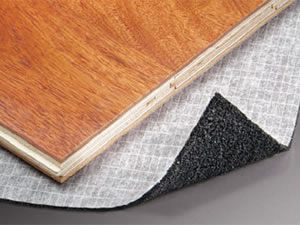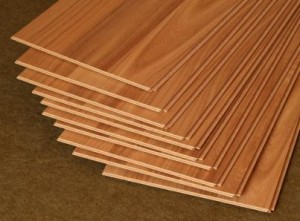We’ve already written some posts on laminate flooring – what they are, how to choose the perfect laminates, gave a buying guide as well as how to clean and handle stains in them.

You may think that you’ve got everything you need and know absolutely everything you need to know about them and you’re probably about to go online or hit the nearest retailer in your area to get boxes and boxes of your perfect laminate flooring of choice…but you thought of something and stopped on your tracks: you realized you don’t know anyone who can install it and you’re not sure if you can do it.
Well we today, we give you the basics on how to install laminate flooring.
The most important thing to do before you begin is to make sure you have all the materials and tools you need. Common tools are:
- saw (miter and table saw);
- pencil
- safety glasses/goggles
- knee pads
- flooring installation kit (with pull bar and spacers)
- hammer
- tapping bar
- tape measure
- moisture barrier/vapor layer (especially for concrete subfloors)
- adhesive (depends on laminate flooring brand)
- underpads (depends on the brand as some have pre-attached ones)
- accessories (moldings, trims, stair noses)
- laminate flooring boards (with 5-10% allowance for waste, replacement or repairs in the future)

The next step is also critical. No matter what brand, with or without installation experience, one should always, always read the manufacturer’s installation instructions.
The succeeding steps are general processes observed and might slightly vary depending on the type of laminate flooring you are using and the specific set of instructions provided by the manufacturer.
Preparation
Site preparation. First remove the old flooring and thoroughly clean the surface to get rid of unnecessary debris, dirt and all other residue from the previous flooring product.
Carefully examine the area and check for needed repairs. Make sure that the subfloor’s surface is leveled by using a standard straight edge laser. Should there be uneven surfaces then simply apply thinset mortar to fill it. Its available in most hardware stores.

Don’t forget to measure the resulting flooring and make the necessary adjustments with your doors, trimmings, stairs and other transitions.
Consider also the subfloor material. For wood surfaces, as long as the subfloor is in good condition and shows no sign of damage – like decay or cupping, then you can go right ahead and put the laminate flooring in. The case is different with concrete though.
Moisture or vapor barriers are necessary for concrete subfloors to prevent moisture from seeping in from beneath which might cause damage to the flooring.
Also check the laminate flooring. Some products already have pre-attached underpads while others might require you to lay a separate sheet. Underpads provide a noise reduction for laminate flooring.

If you’re doing a major home makeover then ensure that all other jobs like carpentry and painting are all done before installing the laminate flooring to make sure that the surface are protected from unwanted scratches and stains. What’s the point of having a new floor when it’ll be less than perfect even before you get the chance to enjoy it?
Product Preparation. This is rather pretty simple. First make sure to examine each board or plank for any damage that might affect installation. Also scrutinize tongues and grooves to make sure they are whole and free from chips that could make locking them together hard or would leave seams visible or else gaps.
After checking, carefully arrange the laminate flooring on the room where it’ll be installed to allow it to acclimate. Acclimation simply means letting the product adapt to the temperature in the room thereby letting it expand or contract naturally for at least 72 hours.

There you have it, the initial steps in preparing for a DIY laminate flooring installation. Watch out for part 2 for the step by step process and more tips.

